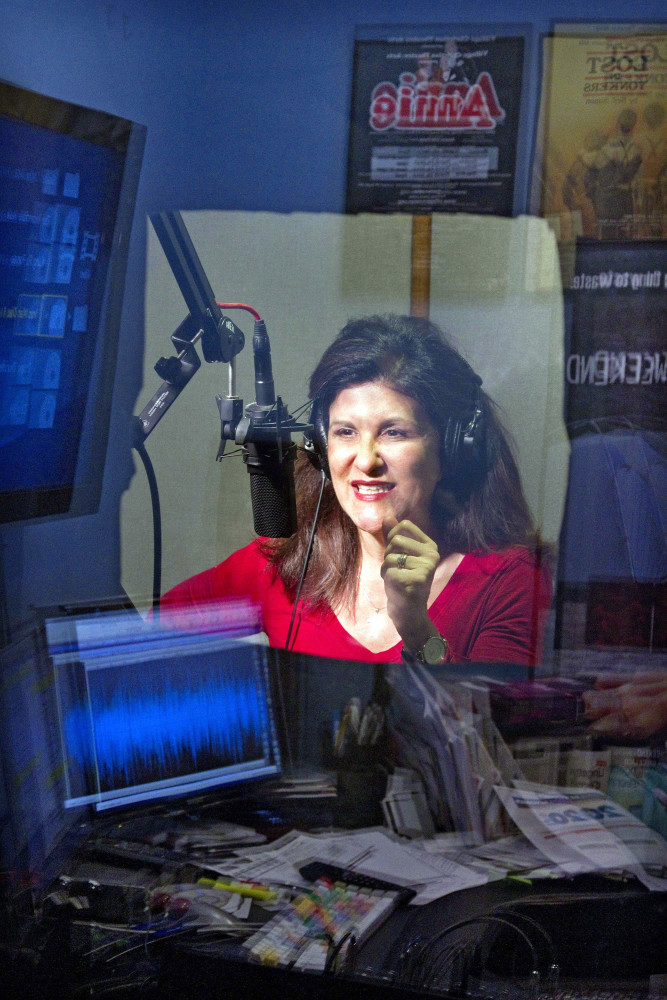By Nicole Norfleet
Star Tribune (Minneapolis)
WWR Article Summary (tl;dr) Several advertising firms are stepping up their digital game by creating production studios in house to respond to events in real time and create content. For women in business with a focus on marketing this is a trend not to be ignored. As one industry insider put it, “Because the world is 24/7. You don’t have two weeks to figure it out. You don’t have two days to figure it out. You might have hours to figure it out.”
MINNEAPOLIS
The creatives at Periscope advertising agency wanted to leverage the offbeat persona of basketball star and Trolli candy rep James Harden, but it would be difficult and costly to get the man himself in a studio.
So they scheduled the next best thing, his beard, and utilized their in-house “content lab” to create a virtual news conference with the famed facial hair.
Periscope, like many other ad firms, has dedicated part of its office space to better adapt to the increasingly fast-paced, digital landscape brands need to navigate.
“Content labs” allow quick-turn videos, photos and other content that can be used on online and digital “newsrooms” for social media monitoring and planning that mimic what’s found in media organizations.
“I really think that the need is rooted in speed,” said Evan Carpenter, Periscope’s director of community. “Your window of opportunity to maintain relevance … is getting smaller and smaller.”
Periscope opened its content lab more than a year ago, partly out of a need for the firm to be able to react in real time on digital platforms, Carpenter said.
The lab is set up to operate as a mini-studio with a variety of cameras, multiple color backdrops and other equipment.
These labs can contribute to projects like the Harden “beard” news conference, which was broadcast on Trolli’s digital channels. Later, staff hosted a live Q-and-A with fans that took place on the messaging app Snapchat.
“We are always looking at the lab as a revolving experiment,” said Rob Peichel, creative director at Periscope. “It’s exciting.”
It also saves money in quick turnaround situations, he said.
Spong, the public relations arm of Carmichael Lynch, opened its content lab last September. In preparation for the Oscars, producers at the lab took stylized photos of cheese boards for Danish premium cheese brand Castello that were inspired by movies.
The cheese boards were shared online during the Oscars telecast. For example, “The Revenant” board featured a sampling of Castello’s Aged Havarti, tomato chutney, blackberries and nuts along with deer antlers.
“The point in having the lab here means we can start trying (ideas) early right when we know that technology comes out and start introducing it to our clients,” said Julie Batliner, president of Spong. “It’s saving time and money but also allowing us to look at a trend.”
Producers in the Spong content lab also have recently experimented with cinemagraphs, still photographs in which a small repeated movement occurs.
Olson, which opened a content lab in the fall, has used it to test concepts before committing more resources, said Margaret Murphy, the Minneapolis-based ad firm’s president.
“The new reality is that content is king and production budgets are going down, so we had to figure out a way to create really hyper-relevant content in a pretty efficient way,” Murphy said. “Because the world is 24/7. You don’t have two weeks to figure it out. You don’t have two days to figure it out. You might have hours to figure it out.”
Some firms are also making changes in how they monitor social media and work on concepts together. In February, Minneapolis firm Fallon moved in furniture for a “newsroom” space in its downtown offices for creatives to better collaborate on digital endeavors.
The area consists mostly of walls of whiteboard, a television to help stream social media analytics and a large table and seating area for conversing. In the future, a workbench for technologists to work on hardware and a space to test content on different devices will be relocated to the space.
There will be quick daily meetings in the space but mostly it is going to be left open as a “flowthrough area,” where staffers can share and explore ideas together in a collaborative way, said Fallon CEO Mike Buchner.
“Everyone in the agency realizes that they are allowed to participate,” he said. “It’s getting people to understand that they are all empowered.”
Still, not everybody is convinced that dedicated spaces for digital response are always needed.
Quick-turn content spaces are an offshoot of social community management “war rooms” where brands work to respond with real-time marketing to live events and news, said John Doyle, executive director of brand experience for ad firm
Colle+McVoy.
The key is not the method of producing the content but the plan for distributing it, he said.
Colle+McVoy is looking at partnering with traditional entertainment outlets and new media to create branded content that can reach audiences, Doyle said.
“Our goal is going to be to become curators,” Doyle said. “It’s just a better investment.”














































































































































































































































































































































































